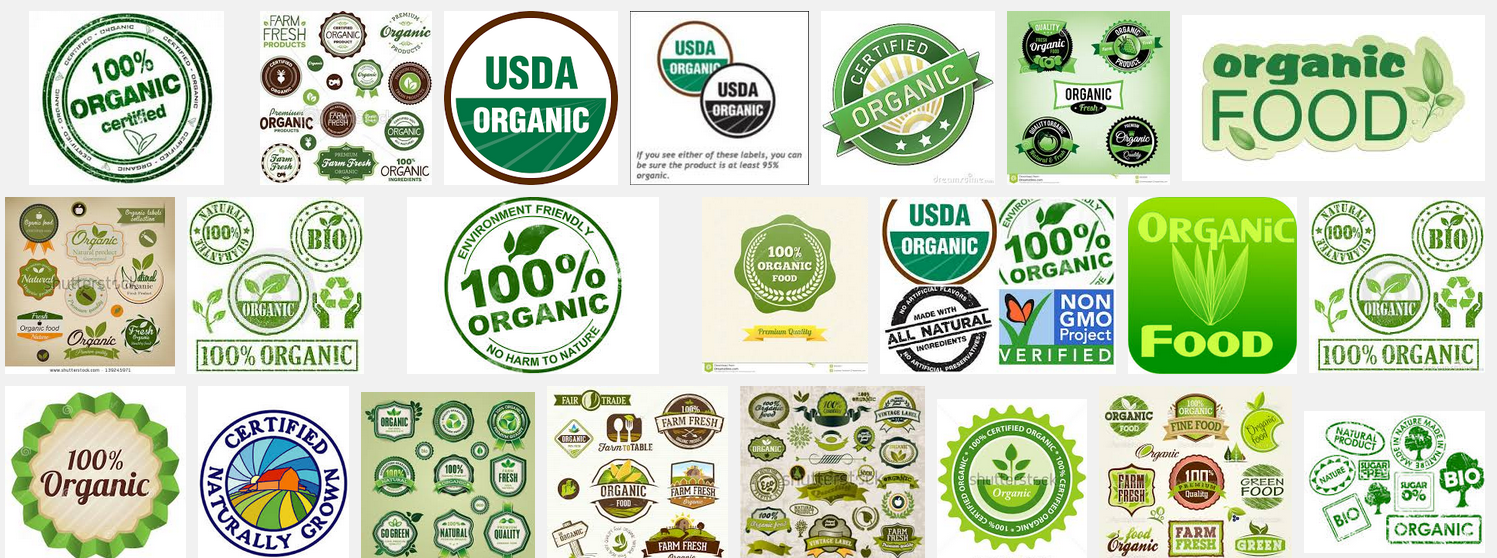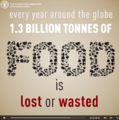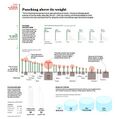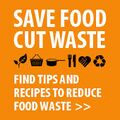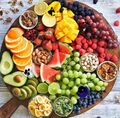Category:Organic Food: Difference between revisions
Siterunner (talk | contribs) No edit summary |
Siterunner (talk | contribs) No edit summary |
||
| Line 1: | Line 1: | ||
https://www.ams.usda.gov/sites/default/files/media/Organic4colorsealJPG.jpg | |||
http://en.wikipedia.org/wiki/Organic_food | http://en.wikipedia.org/wiki/Organic_food | ||
Revision as of 18:45, 24 February 2016
https://www.ams.usda.gov/sites/default/files/media/Organic4colorsealJPG.jpg
http://en.wikipedia.org/wiki/Organic_food
US organic market continues to outpace conventional food sales growth -- 24-Apr-2012
The US organic market grew 9.5% last year, breaking the $30bn barrier for the first time, and continuing to outpace sales of non-organic food, according to a new report from the Organic Trade Association (OTA).
https://www.organic-center.org/
http://www.ccof.org/ -- California organic foods
http://www.ifoam.bio/ -- International
https://www.organicconsumers.org/
○ ○ ○ ○ ○ ○ ○ ○ ○ ○ ○ ○ ○ ○ ○ ○ ○ ○ ○
Organic Farming Can Feed the World
http://www.technologywater.com/post/69995394390/un-report-says-small-scale-organic-farming-only UM Report
Even as the United States government continues to push for the use of more chemically-intensive and corporate-dominated farming methods such as GMOs and monoculture-based crops, the United Nations is once against sounding the alarm about the urgent need to return to (and develop) a more sustainable, natural and organic system.
That was the key point of a new publication from the UN Commission on Trade and Development (UNCTAD) titled “Trade and Environment Review 2013: Wake Up Before It’s Too Late,” which included contributions from more than 60 experts around the world.
http://unctad.org/en/PublicationsLibrary/ditcted2012d3_en.pdf
http://www.srfood.org/images/stories/pdf/officialreports/20110308_a-hrc-16-49_agroecology_en.pdf
In this annual report submitted to the Human Rights Council in accordance with Council resolution 13/4, the Special Rapporteur on the right to food shows why agriculture should be fundamentally redirected towards modes of production that are more environmentally sustainable and socially just, and how this can be achieved.
The report is based on a large range of submissions received from experts from all regions...
TRADE AND ENVIRONMENT REVIEW 2013
MAKE AGRICULTURE TRULY SUSTAINABLE NOW FOR FOOD SECURITY IN A CHANGING CLIMATE
United Nations Conference on trade and development
KEY MESSAGES
•
The 2008 food crisis was an important catalyst for realizing the need for a fundamental transformation and questioning some of the assumptions that had driven food, agricultural and trade policy in recent decades.
However, actual results achieved since 2008 suggest that a paradigm shift has started, but is largely incomplete. Priority remains heavily focused on increasing industrial agricultural production, mostly under the slogan “growing more food at less cost to the environment”.
The perception that there is a supply-side productivity problem is however questionable. Hunger and malnutrition are mainly related to lack of purchasing power and/or inability of rural poor to be self-sufficient. Meeting the food security challenges is thus primarily about empowerment of the poor and their food sovereignty. Furthermore, the current demand trends for biofuels, concentrate animal feed, excessively meat-based diets and post-harvest food waste are regarded as given, rather than challenging their rational.
•
The fundamental transformation of agriculture may well turn out to be one of the biggest challenges, including for international security, of the 21st century.
Much slower agricultural productivity growth in the future, a quickly rising population in the most resource-constrained and climate-change-exposed regions (in particular in sub-Saharan Africa and South Asia) and a burgeoning environmental crises of agriculture are the seeds for mounting pressures on food security and the related access to land and water. This is bound to increase the frequency and severity of riots, caused by food-price hikes, with concomitant political instability, and international tension, linked to resource conflicts and migratory movements of staving populations.
•
The world needs a paradigm shift in agricultural development: from a “green revolution” to an “ecological intensification” approach.
This implies a rapid and significant shift from conventional, monoculture-based and high-external-input-dependent industrial production towards mosaics of sustainable, regenerative production systems that also considerably improve the productivity of small-scale farmers. We need to see a move from a linear to a holistic approach in agricultural management, which recognizes that a farmer is not only a producer of agricultural goods, but also a manager of an agro-ecological system that provides quite a number of public goods and services (e.g. water, soil, landscape, energy, biodiversity, and recreation).
•
The required transformation is much more profound than simply tweaking the existing industrial agricultural system.
Rather, what is called for is a better understanding of the multi-functionality of agriculture, its pivotal importance for pro-poor rural development and the significant role it can play in dealing with resource scarcities and in mitigating and adapting to climate change. However, the sheer scale at which modified production methods would have to be adopted, the significant governance issues, the power asymmetries’ problems in food input and output markets as well as the current trade rules for agriculture pose considerable challenges.
•
Elements and key achievements of the required transformation of agriculture, elaborated upon by the authors of this
Review, include:
-
Increasing soil carbon content and better integration between crop and livestock production, and increased incorporation (not segregation) of trees (agroforestry) and wild vegetation.
-
Reduction of direct and indirect (i.e. through the feed chain) greenhouse-gas emissions of livestock production.
-
Reduction of indirect (i.e. changes in land-use-induced) GHG emissions through sustainable peatland, forest and grassland management.
-
Optimization of organic and inorganic fertilizer use, including through closed nutrient cycles in agriculture.
-
Reduction of waste throughout the food chains.
-
Changing dietary patterns towards climate-friendly food consumption.
-
Reform of the international trade regime for food and agricultural products.
•
In pursuing a fundamental transformation of agriculture, one should take into account systemic considerations in particular (i) the need for a holistic understanding of the challenges involved due to inter-linkages between sometimes competing objectives; (ii) the merits and demerits of single climate-friendly practices versus those of systemic changes (such as agro-ecology, agro-forestry, organic agriculture); and (iii) the need for a two-track approach that drastically reduces the environmental impact of conventional agriculture, on the one hand, and broadens the scope for agro-ecological production methods, on the other.
Pages in category "Organic Food"
The following 16 pages are in this category, out of 16 total.
Media in category "Organic Food"
The following 40 files are in this category, out of 40 total.
- Biggest little farm-1.jpg 800 × 533; 123 KB
- Blog-soil.jpg 722 × 491; 58 KB
- Common Ground, the Movie.png 600 × 756; 775 KB
- CSA Community Supported Agriculture practices.jpg 500 × 332; 33 KB
- Deborah Madison books 2017 photo courtesy of Deborah-in-Santa Fe.jpg 800 × 530; 81 KB
- FarmersMarkets logos.png 1,533 × 537; 1.24 MB
- Florida strawberry festival.jpg 800 × 450; 63 KB
- Food as medicine.jpg 480 × 480; 56 KB
- FOOD politics-health.jpg 462 × 145; 43 KB
- Food Principles.jpg 534 × 400; 186 KB
- Food wasted-lost.png 708 × 715; 376 KB
- FOOD.jpg 983 × 311; 117 KB
- GreenBook-icon.png 128 × 128; 2 KB
- Lawton on Mollison Permaculture.png 491 × 352; 179 KB
- Market Gardening.png 800 × 334; 526 KB
- Netherlands agriculture - Outstanding results globally.jpg 680 × 674; 77 KB
- Organic - 'Natural' Products companies Corp acquisitions US 1997-2014.png 1,098 × 840; 1.07 MB
- Organic food 1a.png 609 × 458; 400 KB
- Organic food 3.png 837 × 585; 547 KB
- Organic food labels1.png 1,497 × 558; 1.39 MB
- Organic food labels2.png 800 × 558; 870 KB
- Organic-chart-Jan-2016.pdf ; 136 KB
- Organicagric.jpg 800 × 342; 31 KB
- Permaculture-observation tip.jpg 480 × 540; 86 KB
- Save Food.jpg 300 × 168; 5 KB
- SaveFood, CutWaste.jpg 200 × 200; 12 KB
- Seed-monopoly-consolidation-chart-2018.jpg 800 × 533; 318 KB
- Seeds, time lapse.png 800 × 428; 297 KB
- Slow Food Initiatives 2015.png 1,004 × 802; 278 KB
- Slow Food.jpg 266 × 190; 11 KB
- SlowFood viatimthumb.jpg 620 × 300; 139 KB
- Soil is the root stuff.jpg 483 × 960; 97 KB
- Soil-vs-dirt-infographic.jpg 887 × 578; 115 KB
- Stop Wasting Food.jpg 900 × 679; 70 KB
- Sustainable agriculture.jpg 960 × 360; 247 KB
- The Greens Cookbook.jpg 116 × 225; 7 KB
- Urban Gardens 1.png 733 × 847; 1.17 MB
- Via Dr Stacey Robinson.JPG 800 × 789; 238 KB
- WaterConservation.jpg 361 × 545; 26 KB
